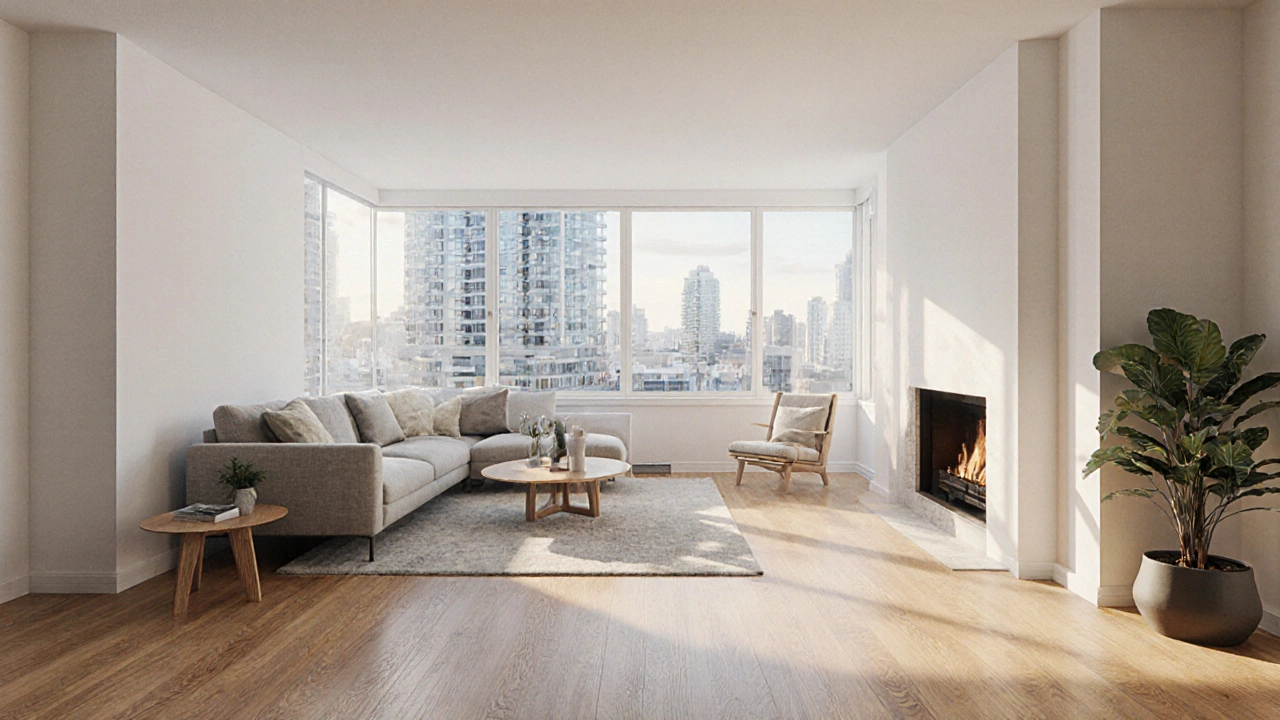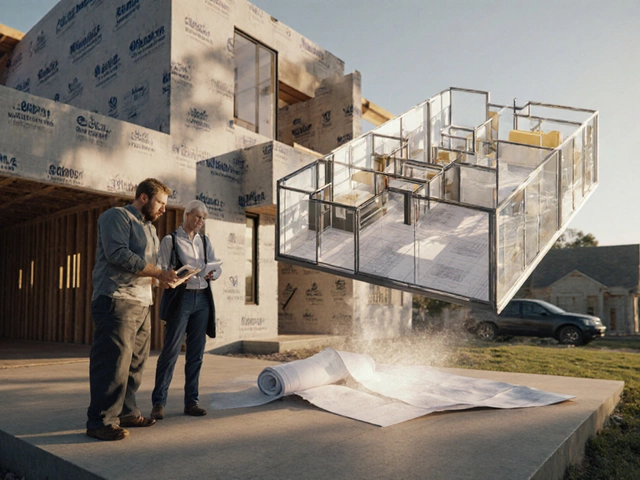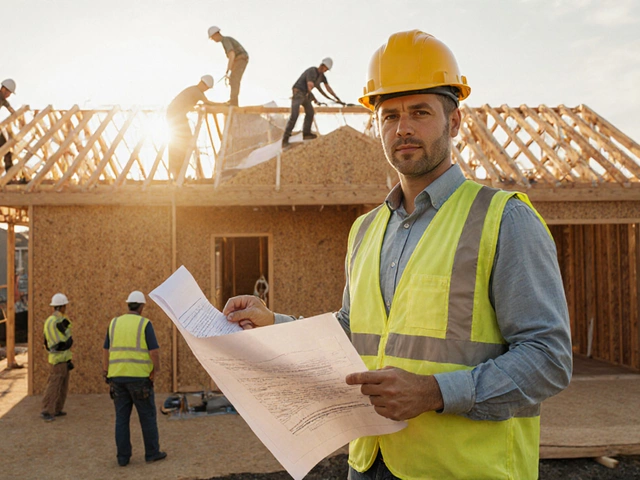Engineered Wood: What It Is, How It Works, and Why It Matters for Your Home
When you hear engineered wood, a layered building material made by bonding thin sheets of wood with adhesive under heat and pressure. Also known as composite wood, it’s designed to be more stable than solid wood, especially in homes with changing humidity or underfloor heating. Unlike plain solid wood, which can warp or crack when the air gets dry or damp, engineered wood holds its shape. That’s why it’s now the go-to choice for floors in kitchens, basements, and even bathrooms across the UK.
It’s not just for floors. furniture making, the craft of building tables, cabinets, and shelves using structured wood materials also leans heavily on engineered wood. Why? Because it’s easier to cut precisely, less likely to split when nailed, and often more affordable than solid oak or walnut. Many modern pieces — from your dining table to your bookshelf — are built with a core of plywood or high-density fiberboard, then topped with a thin slice of real wood. That’s engineered wood in action: the look of natural timber, without the drawbacks.
And it’s not just about looks. wood flooring, a popular surface choice for homes, known for durability and warmth underfoot made from engineered wood can be installed over concrete, over radiant heating, or even on top of old tiles. You don’t need to rip up your subfloor. It clicks, glues, or floats — no nails required. That’s why so many UK homeowners choose it for renovations. It’s faster, cleaner, and often cheaper than replacing the whole floor with solid wood.
Still, not all engineered wood is the same. The thickness of the top wear layer matters. A 2mm layer won’t last as long as a 4mm or 6mm one if you’re planning to sand and refinish it down the road. And the core? Plywood is stronger than particleboard. If you’re buying for high-traffic areas — hallways, kids’ rooms, entryways — go for thicker tops and plywood cores. It’s the difference between something that lasts 15 years and something that starts looking worn in five.
People often think engineered wood is a cheap knockoff. It’s not. It’s a smarter solution. It uses less rare timber, reduces waste in manufacturing, and performs better in real homes. If you’ve ever seen a solid wood floor buckle after a wet winter, you know why this matters. Engineered wood doesn’t just look good — it handles life better.
Below, you’ll find real guides on how to refinish old tables with engineered wood tops, how to protect wood furniture in storage, and even how to choose the right finish so your floors don’t look like a bargain bin project. These aren’t theory pieces. They’re from people who’ve done the work — and learned what actually holds up over time.
What Type of Flooring Adds the Most Value to a Home?
Hardwood flooring adds the most value to a home, boosting resale price by 5-10%. Engineered wood is a smart alternative, while LVP works well in wet areas. Avoid carpet and outdated laminate to maximize appeal.
full article




